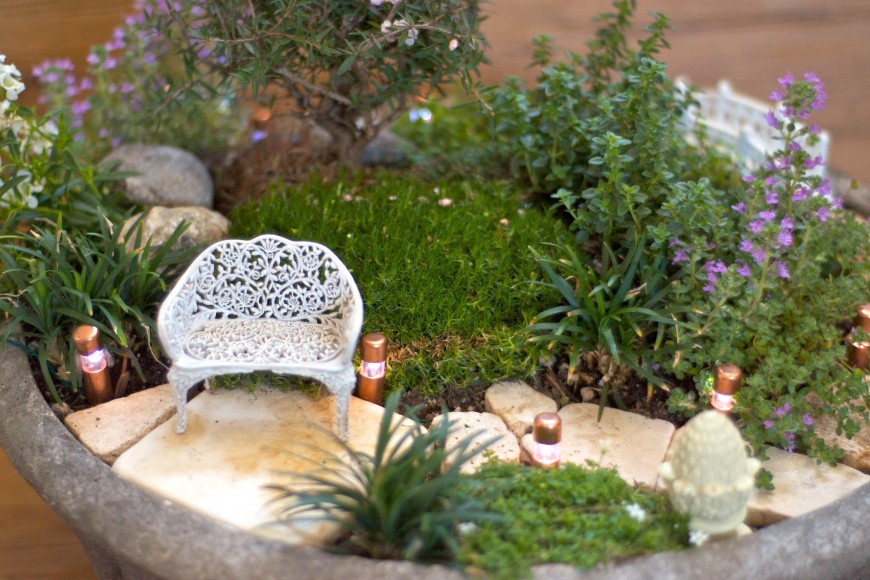
All About Thyme for Miniature Gardens
Let’s look at the variations of Thyme we have to choose from when creating leafy plants along the borders of our miniature gardens.
Shaping
Thyme goes great with a lot of other plants in your miniature garden. It’s a bush next to moss, a tiny leafed contrast next to shards of Dwarf Mondo Grass. Larger and woodier than Baby Tears. A variety of different greens, from a vivid yellow colored edge on Lemon Variegated, dark green on many varieties and a bright green for the Lime cultivar. In a smaller-scale garden, use a woodier standing variety to shape a small bonsai tree.
Types of Gardens
Thyme can be grown easily in your full-sun garden with gritty and well-drained soil. You can start from seed if you really want your garden to appear young, growing and changing. Think about growing Thyme plants in a miniature farm. Transplant from “farmed rows†once the plants are large enough to become bushes for other mini gardens.
Creeping varieties will cover the surface of your ground well – so well you’ll have to keep it trimmed to keep it from covering your paths and trails through your garden.
Plant Size & Growing Habits
Thyme works great as a scale miniature garden plant because of its leaf size. It will need to be trimmed, but that’s a good thing for a culinary herb – there are tons of recipes out there for your trimmings. Share your abundance with your friends who love to cook. Grow some Parsley, Sage and Rosemary to give away along with it (Simon & Garfunkel reference!).
Varieties
Many of the varieties are based on the flavor (lemon, lime, orange, coconut etc.) but there are also different characteristics in how each plant grows and the size and shape of the leaves. Some leaves, like the ‘Pink Chintz’ variety, have leaves stacked within leaves and others are singularly distinct leaves on a stalk. Woolly Thyme has, as you might expect, furry and soft leaves. Some of the varieties are also based on the color of the flower the plant produces. If you’re keeping your thyme trimmed and small in your garden, it’s unlikely you’ll see it flower, as that usually happens on a larger, mature plant. If you want to grow a cultivar, you’ll need to buy it or take a cutting or separate out plants at the roots.
Here’s a sampling of varieties you can find in most nurseries:
Common Thyme is most often used in cooking. French and Mother of Thyme are also common in nurseries but were missing when I visited.
How are you using Thyme in your miniature garden?



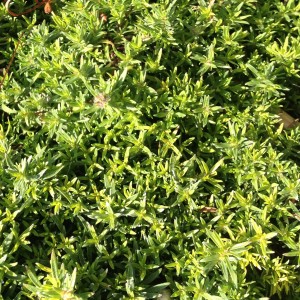
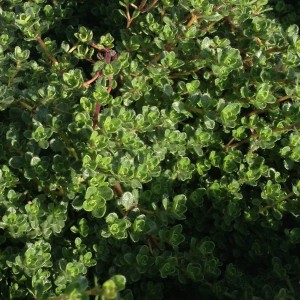
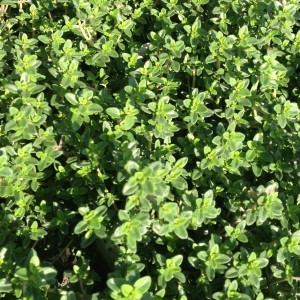
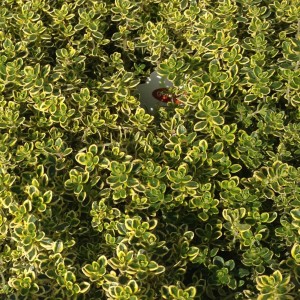
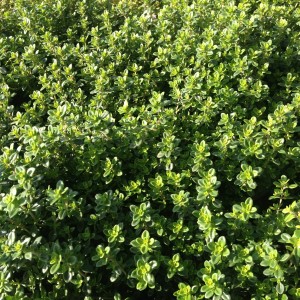
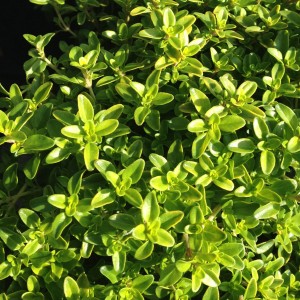
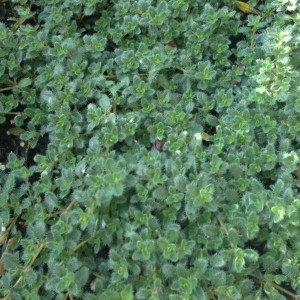
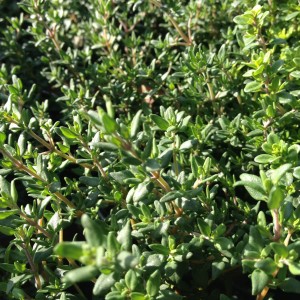
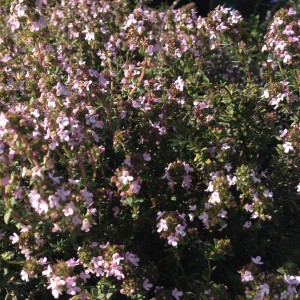
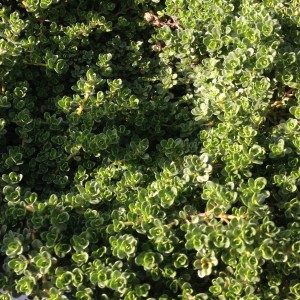



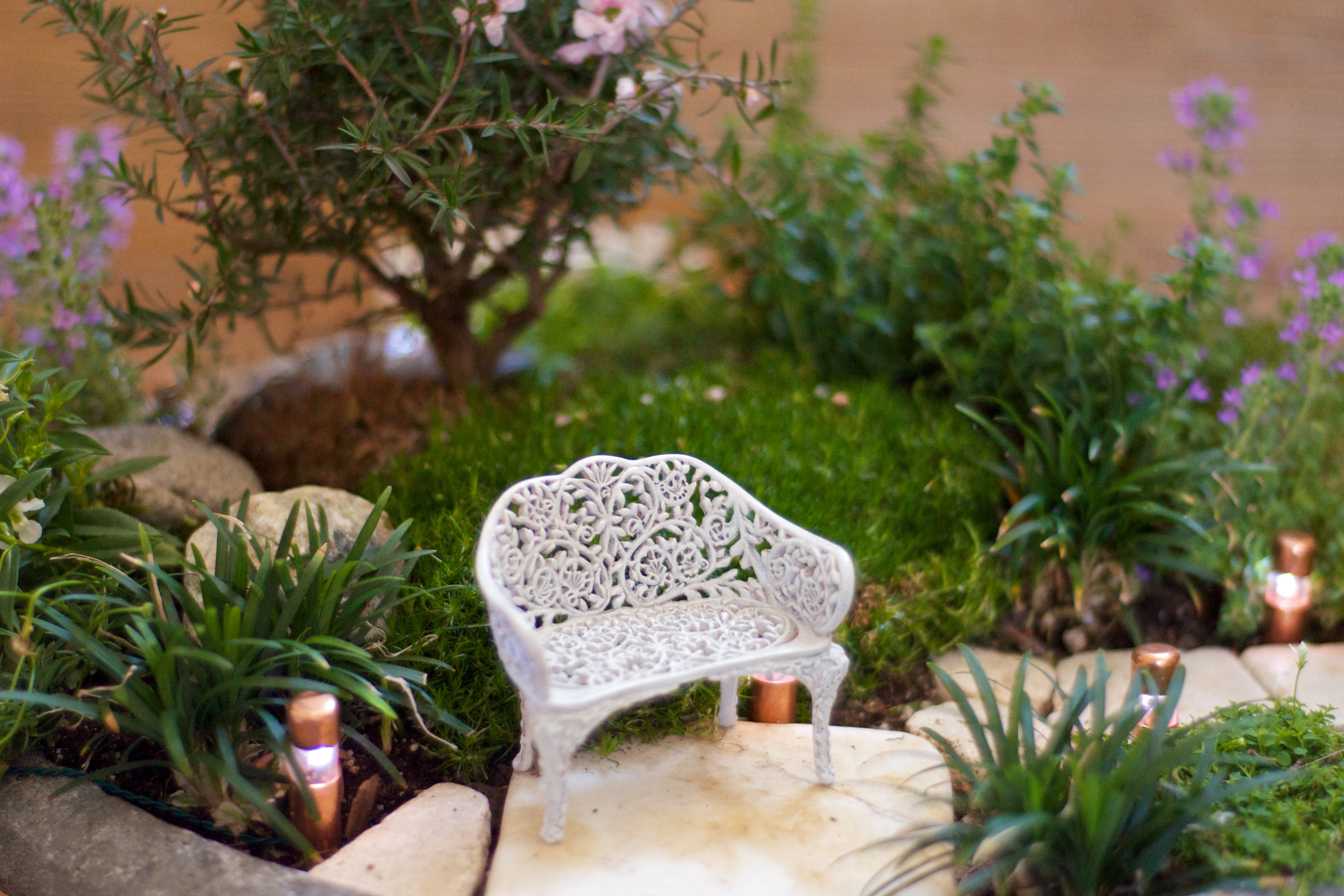


I was wondering what the little lights are in the garden? They almost look like fuses, but they appear to actually be lit.
And I forgot to say, what a lovely little tutorial on the types of thyme! I really enjoyed that.
I made those with fittings from the copper pipe section at Lowes, some plastic tubing I got there and a set of mini battery-operated lights threaded up into each one. I glued a small metal “stake†inside each one so they were stable along the path.